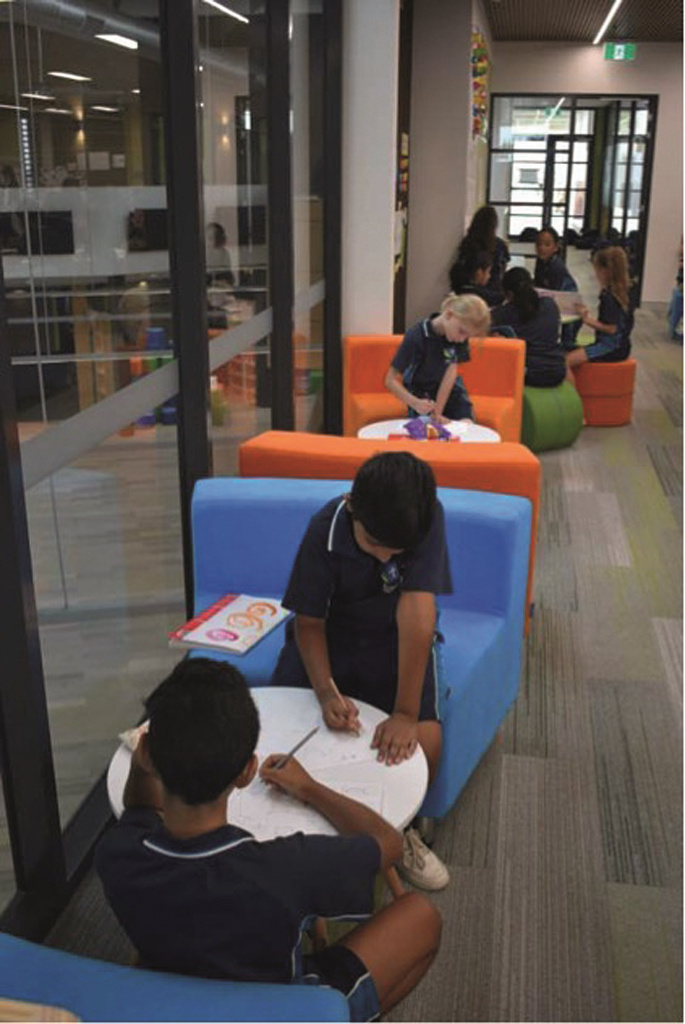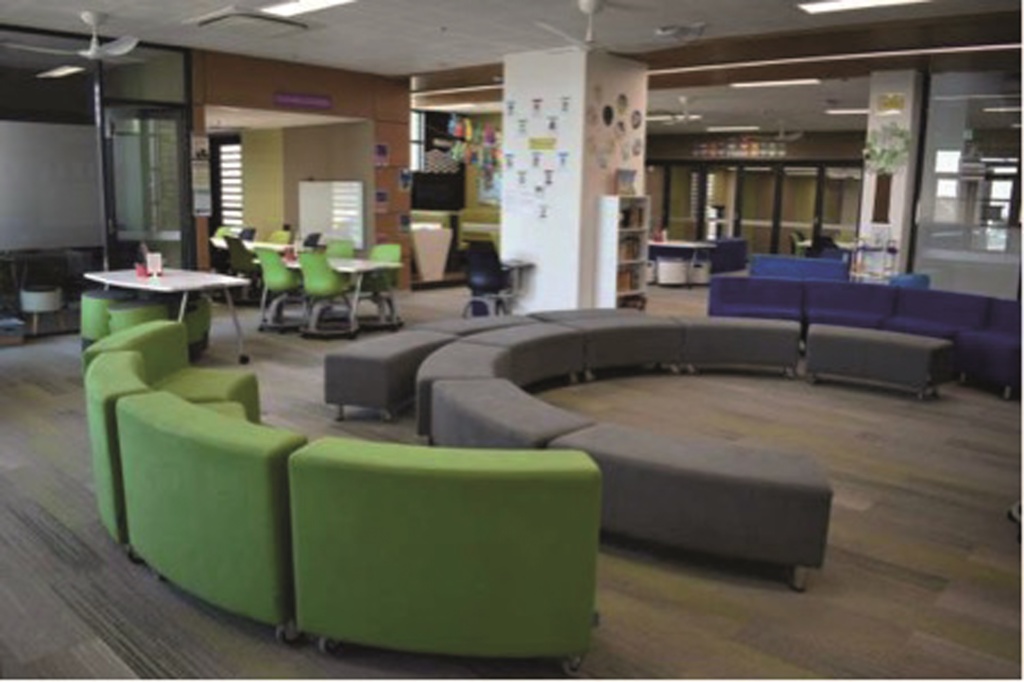
A major focus for many education systems around the world is how their schools can deliver relevant learning experience for young people. Maintaining the education status quo is no longer an option: our societies are shaped by what happens in schools. The future depends on the quality and relevance of the education that we provide every young person.
We live in a fast-paced, always changing and increasingly complex world - one that requires school systems to deliver an entirely different educational experience for today’s learners. The ‘one-size-fits-all model’ is no longer fit for purpose in a world that has become personalised and intricately connected.
We also have an obligation to ensure that every learner leaves school equipped with the knowledge, skills and dispositions necessary to survive and thrive in this new age. This will not be achieved by investing more time, energy and resources into improving the current model of schooling at the policy level (i.e. narrow assessment measures or reporting regimes) or at a school level (i.e. over-reliance on merit systems and grades). The industrial processes, structures and mindsets that exist in most current school environments are failing young people. The only way forward is to transform schooling by developing new pedagogies, new learning frameworks and learning spaces and mindsets that reflect what it means to learn and teach in today’s world.
St Luke’s Catholic College, Marsden Park Australia is a pre-to-post school that reflects the shift from an improvement to a transformation agenda. Everything that happens at this school is powered through partnerships, enabled through technology and led by innovation. We believe St Luke’s is not only capable of meeting the needs of today’s learners but future learners.
Designed for Today
The design of St Luke’s Catholic College was a collaboration between the leaders of learning and the architects to ensure learning spaces were specifically designed for stage appropriate, pedagogical approaches (e.g early years versus senior years). Settings and furniture (within each learning space) have been designed to enable teachers to work together with up to 60 students in environments that promote curiosity and imagination and is based on inquiry models such as play-based and project-based learning.

Connected Spaces